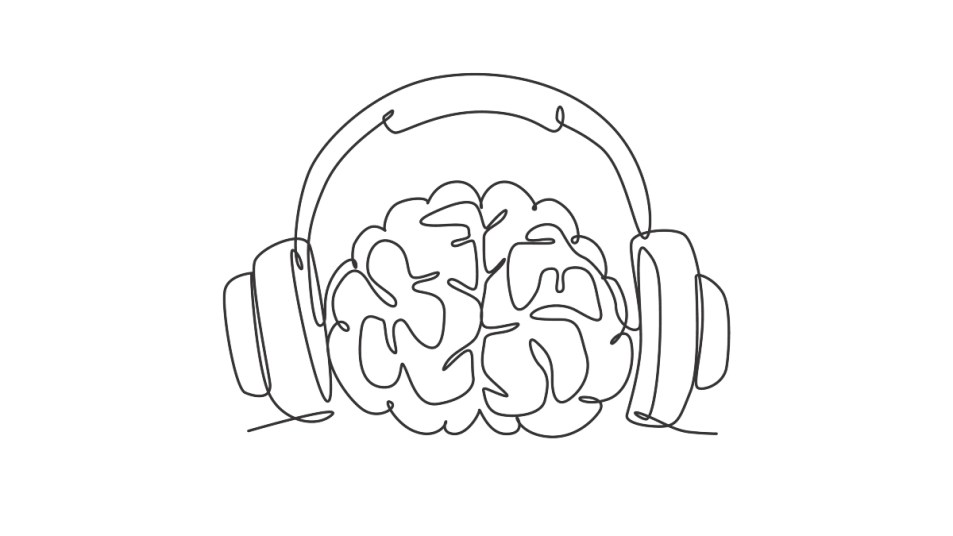Try music tuned to Verdi's A.
Balancing her career as a children’s book author with parenting a special needs child, 52-year-old Kimberly King often felt tired and a bit foggy. But since battling COVID in December of 2021, her once manageable fuzziness had become nearly debilitating, leading to losing items, forgetting where she was driving, and fumbling through work tasks. Ironically, even though she was constantly exhausted, Kimberly struggled to sleep through the night, waking up after an hour or two, then tossing and turning for hours, adding to her inability to focus during the day.
King visited her doctor for help. To her frustration, the doctor offered few suggestions beyond eating a healthy diet, managing stress, and getting daily exercise. She had already tried them all, with little to no change in her symptoms.
The Research Behind 432 Hz Music
Many researchers agree that music tuned to 432 hertz has a significant calming effect on the brain. 432 Hz, often called Verdi’s A after Italian composer Giuseppe Verdi, is the frequency to which musicians used to tune the note “A” — up until the 1950s. Nowadays, the A is tuned to 440 Hz. (So Verdi’s A is relatively close to the present-day A flat.) Why might this make a difference? Some musicians and scientists theorize that the flatter notes are less jarring and easier on the ears.
Some research suggests that music tuned to 432 Hz helps you fall asleep faster and remain asleep. A 2019 sleep study, for example, found that it helped participants struggling with insomnia fall asleep more quickly. And a 2020 study on music and cortisol found that listening to 432 Hz music lowered anxiety and cortisol levels in participants awaiting a tooth extraction. In contrast, 440 Hz music did not have the same calming effects.
Stress and anxiety raise cortisol levels, which, when high, can also cause brain fog. With this in mind, King was curious to see whether listening to 432 Hz music in bed would help her fall asleep, lowering her cortisol levels and easing her long-COVID brain fog.
Giving 432 Hz Music a Try
King decided to take her hairdresser’s advice. That night, she turned off all notifications on her phone and searched for 432 Hz music for sleep on YouTube, then tuned in to a channel that plays sleep frequency music for 10 hours straight. She placed her phone on her dresser, hopped into bed, and was soon lulled to sleep.
When King opened her eyes, she was stunned to see it was 6 a.m. She felt fully rested and more energized than she had in years. And that day, for the first time since having COVID, King didn’t misplace anything, forget someone’s name, or lose her train of thought. She has been practicing music frequency therapy ever since. “I’m so happy to have found such an easy and pleasant fix — one that’s free and has no negative side effects,” she told Woman’s World.
The moral of the story? 432 Hz music won’t necessarily cure long COVID, but it can help you fall asleep. And good sleep makes all the difference when it comes to healing. It not only supports healthy brain function, but also gives your body a chance to repair cells and clean out the buildup of harmful molecules.
Looking to try 432 Hz music yourself? King recommends two 10-hour videos to play as soon as your head hits the pillow: “Healing Sleep Music” and “The Best Sleep Music.”
This content is not a substitute for professional medical advice or diagnosis. Always consult your physician before pursuing any treatment plan.
A version of this article originally appeared in our print magazine, Woman’s World

